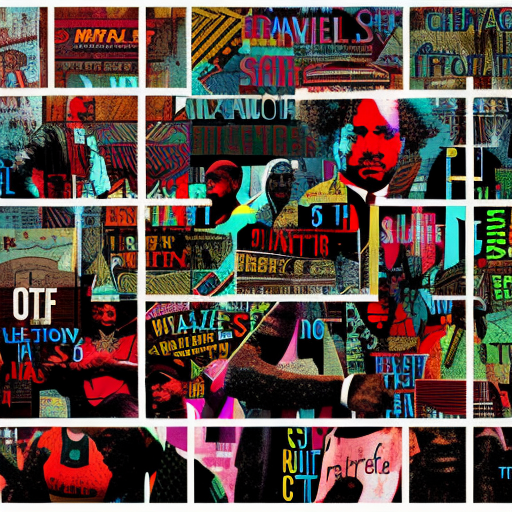Summary:
In “The Sellout” by Paul Beatty, a young African-American man named Bonbon tries to reinstate slavery and segregation in a fictional Los Angeles neighborhood called Dickens. Through satire and dark humor, Beatty explores themes of race, identity, and the impact of history on the present. Bonbon’s controversial actions lead to a Supreme Court case that challenges the boundaries of free speech and forces society to confront its own racial biases.
The Birth and Rebirth of Dickens
“The Sellout” opens with Bonbon, the protagonist, living in the run-down and forgotten neighborhood of Dickens. After his father, a controversial sociologist, is killed in a police shootout, Bonbon takes it upon himself to revive Dickens and restore its place on the map. He starts by reintroducing segregation and even owning a slave, Hominy Jenkins, a former child star of the racist “Little Rascals” films. Bonbon’s actions are met with both outrage and curiosity from the community, as he challenges the status quo and confronts the uncomfortable truths about race and history.
A Satirical Take on Race and Identity
Through his biting satire, Beatty explores the complexities of race and identity in America. He uses humor to expose the absurdity of racial stereotypes and the ways in which society perpetuates them. Bonbon’s actions, while extreme, force readers to question their own assumptions and biases. Beatty also delves into the concept of “post-racial” America, highlighting the persistent racial inequalities that exist beneath the surface.
The Supreme Court Case and Confronting the Past
As Bonbon’s actions gain attention, they ultimately lead to a Supreme Court case that challenges the boundaries of free speech. The case becomes a national spectacle, with people from all walks of life weighing in on the debate. Beatty uses this trial as a platform to explore the legacy of slavery and the ways in which America has failed to fully confront its past. Through sharp dialogue and thought-provoking arguments, Beatty forces readers to grapple with uncomfortable truths about the country’s history and the ongoing struggle for racial equality.
Key Takeaways:
- Race and identity are complex and deeply ingrained in society, requiring ongoing examination and self-reflection.
- Satire can be a powerful tool for challenging societal norms and exposing uncomfortable truths.
- The legacy of slavery and racial inequality continues to shape America, and it is essential to confront and address this history.
“I understand now that the only time black people don’t feel guilty is when we’ve actually done something wrong, because that relieves us of the cognitive dissonance of being black and innocent, and makes us feel guiltier than shit. We’ve all heard that little white lie, ‘You can’t be racist because racism is about power, and black people don’t have any power.’ But I’m here to say that it’s not just white people who are in denial of their racism. Black people are too.” – Paul Beatty, The Sellout












